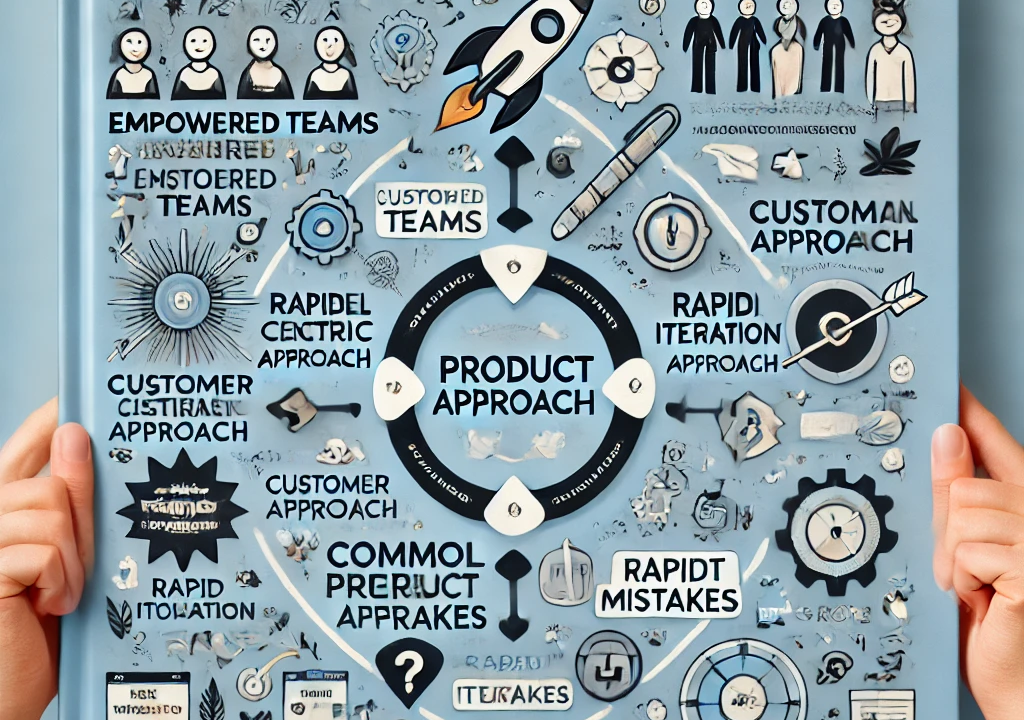One of the books that has influenced my career is Inspired by Marty Cagan. I really think it is a must-read for any professional in the digital sphere, as it provides valuable insights of how to develop successful products in an environment of change and dynamism. The purpose of this article is to chronicle and share some of the teachings of the most useful articles of Inspired, for me, are indisputable to any product team:
The Value of the Equipment Multifunctional
In his words, "Having great ideas is not enough; in order for a product to succeed, you need a team that can make independent decisions and take responsibility to create value." The equipment should understand the problems they want to solve, and this allows them to foster innovation and continuous improvement to have the freedom to experiment with different solutions.
Put the Customer at the Center of it All
One of the ideas most powerful of the book is to focus on the customer. Cagan defends the belief that the products of real success does not arise out of ideas internal, but a deep understanding of the needs and problems of the end users. The continuous research and the comments of users are what you can to ensure that the product is functional and solve any type of problem from the real life. It is a kind of continuous validation that prevents you from having to be limited to being the basis of decisions.
Iteration and Experimentation: The Key to Reducing Risks
The means to reduce risks Cagan also stresses that in the cycle of agile development is also necessary. The book mentions that turn ideas into prototypes or MVPS to test them as soon as possible with users living reduces the risk of investing time and resources on products that do not meet the expectations. The only thing that matters is to experience, to learn quickly and be open to failure as part of learning.
The reasoning behind this is that any team has to be first based on actual data and behaviors to actual end-users, discovering what works and what doesn't work so well.
Avoid Common Mistakes in the Development of Products
Identifies a number of common mistakes that often make the product teams, among which are:
- Focus on features, not on the problems: The key here is to just implement a feature does not solve any real problem.
- Ignore the feedback: Assume that the team knows what they need users without a validation process.
- Vision unclear: Nothing can keep united the efforts of a team without a vision, well defined how it's going to be the product. Otherwise, the result will be a lack of clear focus and products inconsistent.
Inspiration for the Leaders in Product
In the final part of the book, is addressed to the leaders of the product, emphasizing its role is to guide and motivate their teams. A key message is that leaders should encourage innovation, not only through a vision and a strategy that is clear, but also creating an environment in which the teams will feel empowered to propose and test new ideas. The product leadership is not to impose solutions, but to establish a framework in which they arise and thrive the best ideas.
